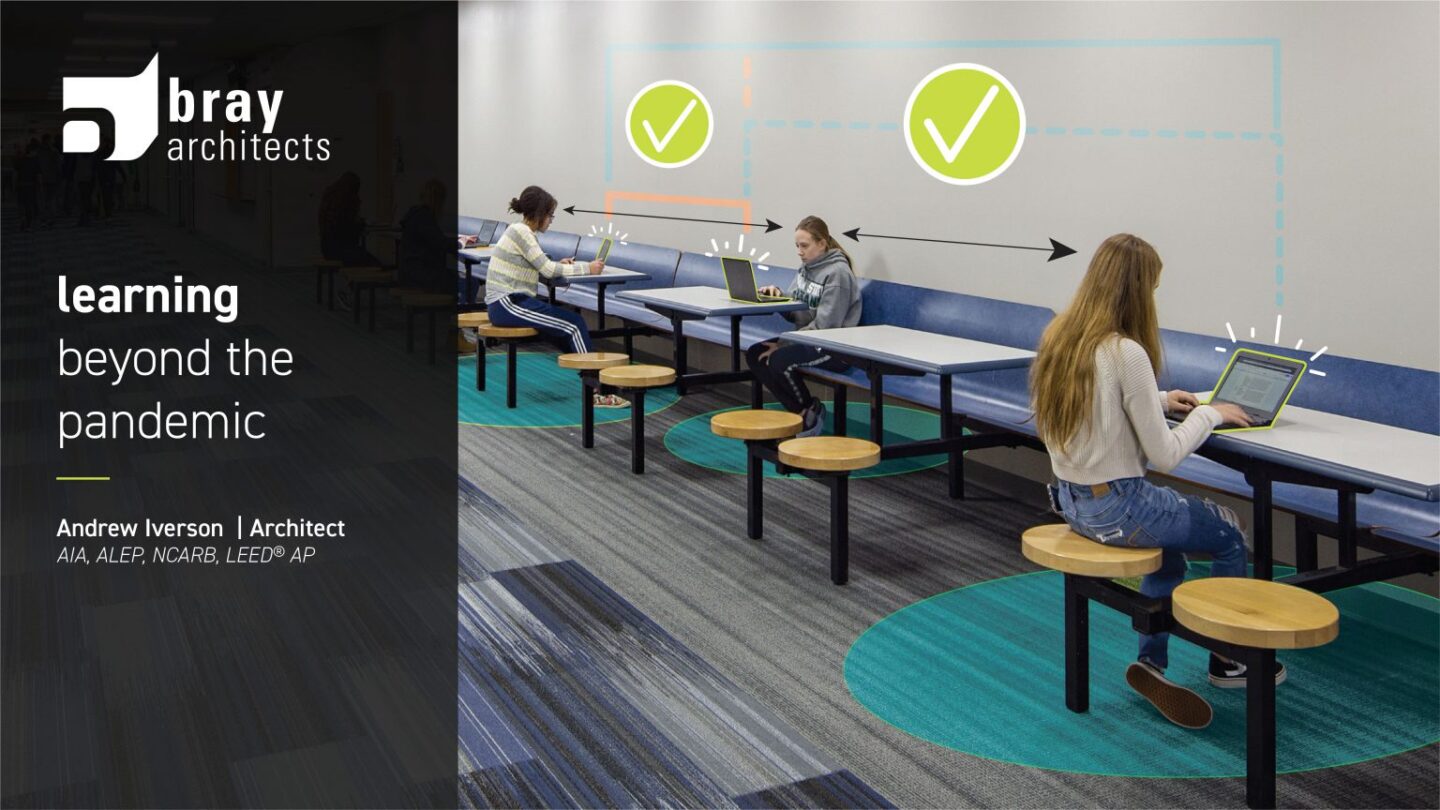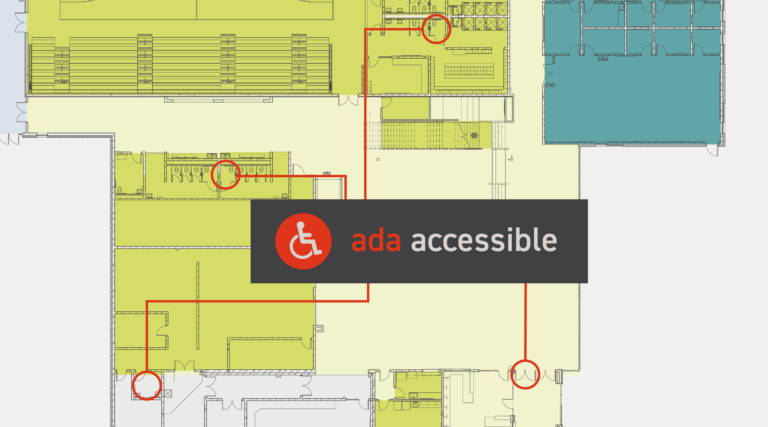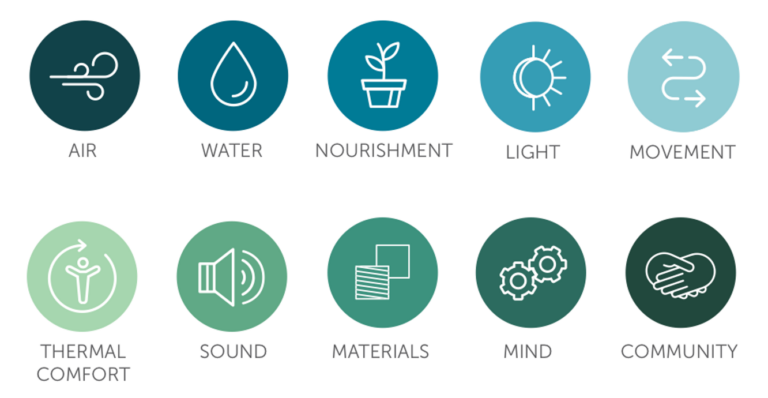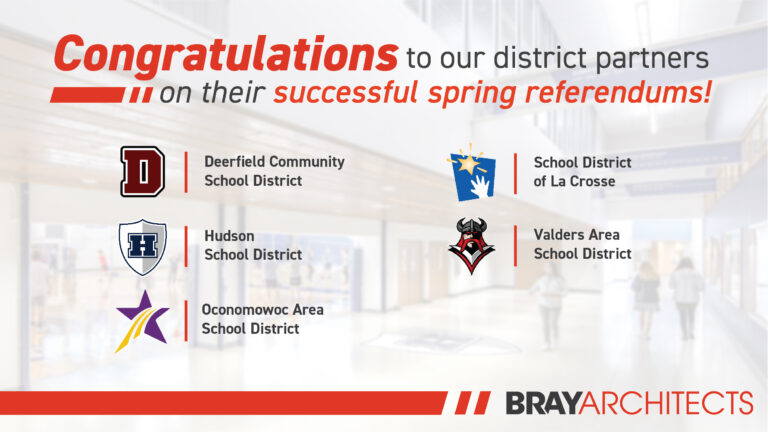“I hate virtual learning!”
Those are not exactly the words you want to hear from your 10-year-old daughter as your community is going through the struggle of figuring out what school will look like in the fall. After a quick reminder that she “dislikes” virtual learning, I ask my next question.
“So, it looks like there is going to be a Math Club starting up in July. It’s going to be headed by an instructor from the intermediate school. Are you interested?”
“YES!”
“It’s going to be held online.”
“That’s okay.”
“But I thought you didn’t … “
“Math is different.”
“Why not other subjects?”
“I don’t know. Some things I just don’t like online. I just want things to get back to normal.”
Normal. Normal sounds nice. It is comfortable, it is what we know. As we reflect on what normal is, or was, we are reminded of the constant critique and push to improve public education in this country.
Often, measures to move forward have been countered by a focus on recapturing some glory days of education past. Jamie Vollmer, former CEO turned public education advocate, describes this perfectly with the term “Nostesia: a hallucinogenic mixture of 50% nostalgia and 50% amnesia that distorts rational thinking.”
Since the 1980s, administrators, educators, and designers have struggled to redefine what is normal with varying amounts of success. Reform has been held in check by the familiar. Progress has been slow, but steady.
Then came the disruptive force of COVID-19. Worldwide schools were closed at unprecedented rates and the urgency brought by the crisis revealed the strengths and shortcomings of our educational systems. Faced with education coming to a halt, administrators, educators, students, and parents developed new ways to teach and learn over a variety of remote instructional platforms. This effort transformed the concept of school into something entirely new and reflects the skills needed for success in today’s world – adaptability, creative problem solving, collaboration, and resilience.
Unfortunately, the results also intensified some of our educational inequalities. The reliance on online instruction meant that without a device and internet access, any connection to a semblance of school was lost. Closed schools hit our disadvantaged communities and students the hardest. It is in these communities where it is most apparent that schools do much more than simply educate – they provide consistent nutrition, wellness and counseling resources, access to the broader world through the internet, and a safe haven.
And in the case of my daughter, and many others, a reminder was given that remote learning experiences alone are not enough. So, when you find yourself in those conversations whether as a school administrator, board member, educator, student, parent and or community member, here are some points to consider as you develop your schools of the future:
- Having a sense of urgency is the first step on the path to change. Use this crisis as the spark to improve your school’s performance and relevancy. How can returning to a physical structure enhance the new pedagogies developed in your community? With an increasing amount of online learning available, how can your school offer a richer experience to your students and staff?
- Rethink space requirements, cohort sizes, and teaching models. What strategic approaches can be taken to right-size learning and offer variety? How can learning experiences become more personalized and student centric? Are there opportunities for some activities to become dispersed? Where is the low-lying fruit? Start with systems and processes.
- Consider differentiated, flexible schedules. As different scheduling models are considered, consider impacts blended learning models can have on working families. Additionally, some students may need more instructional time to catch up after the crisis than others. How can this be supported and encouraged?
- It takes a village. Throughout the spring there were various examples of partnerships where businesses assisted in providing the technological tools to make school happen. From loaned devices, to free data on cell phone plans, companies and communities pulled together to support public education. Which of these can your school build upon and strengthen?
- Remember that you and your community are not in this alone. While we are all under increased stress, there are several resources available for consideration in both the near and far terms. A few are listed below:
- https://www.cdc.gov/coronavirus/2019-ncov/community/schools-childcare/schools.html
- https://dpi.wi.gov/sspw/2019-novel-coronavirus
- https://www.aia.org/resources/6304062-strategies-for-safer-schools
Be healthy and safe!
-Andrew Iverson



